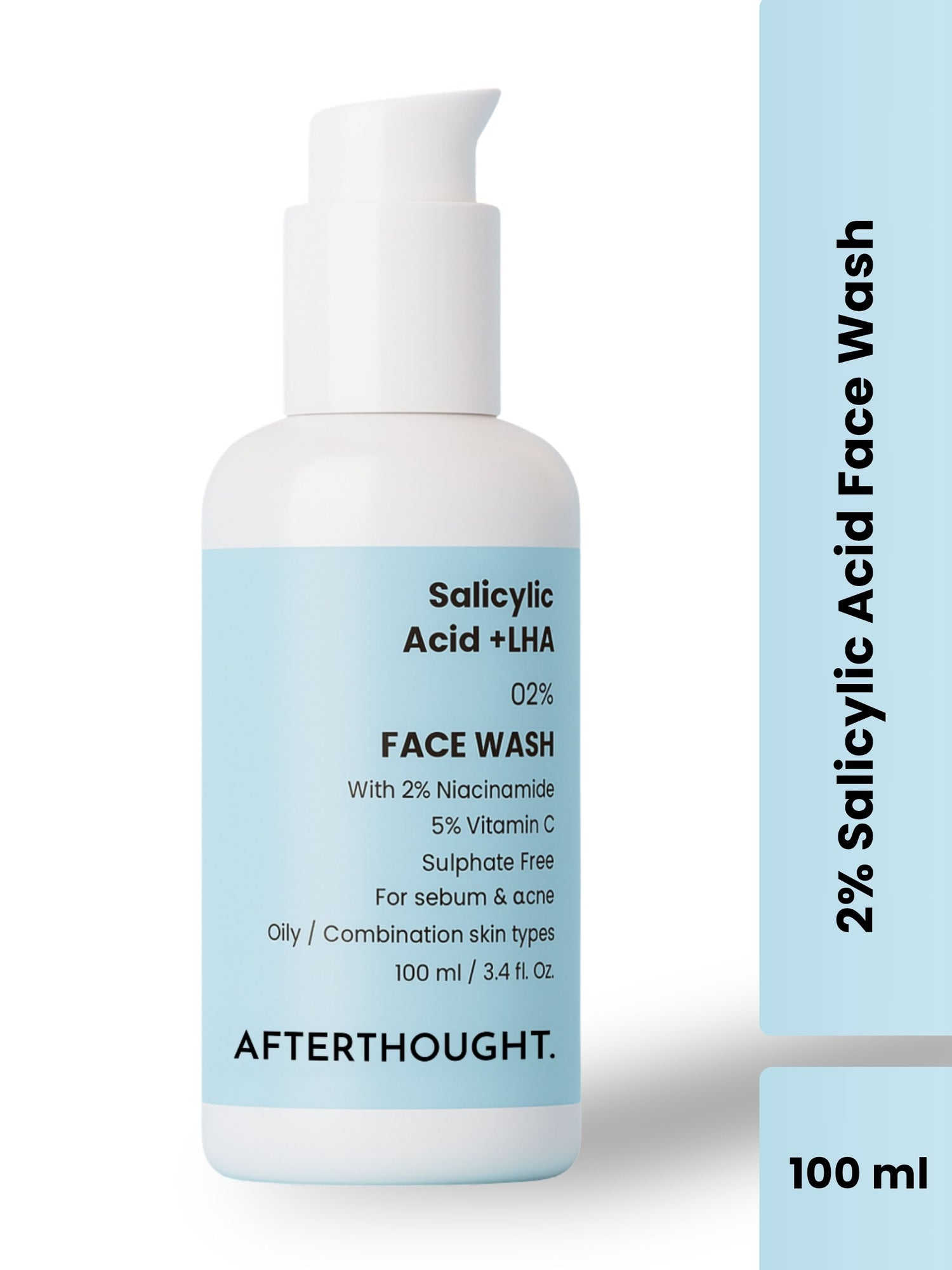How Do You Know If Your Hair Follicles Are Dead?
Afterthought IndiaHealthy hair is often regarded as a sign of vitality and beauty, but the health of your hair depends fundamentally on the condition of your hair follicles. Hair follicles, the small sacs in the skin from which hair grows, can sometimes become damaged or die. Welcome to afterthought.
This can lead to hair thinning or even baldness. Understanding whether your hair follicles are dead and what you can do about it is crucial for maintaining healthy hair growth. Here’s an in-depth look into the signs of dead hair follicles, their causes, and potential treatments.
Signs of Dead Hair Follicles
Recognizing whether your hair follicles are dead can be challenging without professional help, but there are some signs to watch for:
Hair Thinning or Bald Spots
One of the most noticeable signs of dead hair follicles is hair thinning or the appearance of bald spots. If hair loss occurs in patches or if you notice significant thinning in certain areas, it could be an indication that the follicles in those areas are no longer active.
Lack of Hair Growth
If you observe that hair is not growing back in areas where it has fallen out, this could be a sign of dead follicles. Normally, hair goes through growth cycles, but if a follicle is dead, it will not produce new hair.
Scalp Conditions
Conditions such as dandruff, psoriasis, or seborrheic dermatitis can sometimes accompany dead hair follicles. These conditions can damage the scalp environment, making it difficult for hair to grow.
Thin, Weak Hair Strands
When hair follicles start to die, the hair strands they produce may become thinner and weaker. This can lead to hair that breaks easily and looks less vibrant.
Causes of Dead Hair Follicles
Several factors can contribute to the death of hair follicles:
Genetics
Genetics play a significant role in hair loss. If you have a family history of baldness, you are more likely to experience it as well. Genetic hair loss typically manifests as pattern baldness.
Hormonal Changes
Hormonal imbalances, particularly involving androgens, can cause hair follicles to shrink and eventually die. This is often seen in conditions like androgenetic alopecia.
Aging
As we age, hair follicles naturally become less effective. This leads to slower hair growth and, eventually, follicle death.
Medical Conditions
Certain medical conditions, such as alopecia areata or lupus, can cause hair follicles to become dormant or die.
Scalp Trauma
Physical trauma to the scalp, such as burns, scars, or infections, can damage hair follicles permanently.
Nutritional Deficiencies
A lack of essential nutrients like vitamins and minerals can weaken hair follicles, making them more susceptible to dying.
Diagnosing Dead Hair Follicles
If you suspect that your hair follicles are dead, it is essential to seek a professional diagnosis. Dermatologists or trichologists (hair specialists) can perform several tests, including:
Scalp Biopsy
A small piece of scalp tissue is removed and examined under a microscope to determine the health of the hair follicles.
Trichoscopy
This is a non-invasive method where a dermatologist uses a special tool to examine the scalp and hair follicles closely.
Blood Tests
Blood tests can help identify underlying conditions, such as hormonal imbalances or nutritional deficiencies, that may be affecting hair follicle health.
Treatment Options for Dead Hair Follicles
While dead hair follicles cannot be revived, there are several treatments and strategies to prevent further hair loss and promote the health of remaining follicles:
Topical Treatments
Certain topical treatments can stimulate hair growth by increasing blood flow to the scalp and providing essential nutrients.
Oral Medications
Medications that balance hormones or treat underlying conditions can help slow down hair loss and improve the health of existing follicles.
Hair Transplant Surgery
In cases of significant hair loss, hair transplant surgery can relocate healthy follicles from one part of the scalp to the affected areas.
Lifestyle Changes
Maintaining a healthy diet, managing stress, and avoiding harsh hair treatments can support overall hair health.
Scalp Treatments
Regular scalp massages and treatments like microneedling can enhance blood circulation to the scalp, promoting healthier follicles.
Preventing Hair Follicle Death
Prevention is always better than cure. Here are some steps you can take to protect your hair follicles and prevent them from dying:
Healthy Diet
Ensure your diet includes plenty of vitamins, minerals, and proteins to support hair health.
Gentle Hair Care
Avoid harsh chemicals, excessive heat styling, and tight hairstyles that can damage hair follicles.
Stress Management
Chronic stress can negatively impact hair health. Incorporate stress-relieving activities like yoga, meditation, or exercise into your routine.
Regular Check-Ups
Regular visits to a dermatologist can help you catch and address hair health issues early on.
Conclusion
Understanding the signs and causes of dead hair follicles is crucial in taking proactive steps to maintain hair health. While dead follicles cannot be revived, early intervention and proper care can prevent further damage and promote the vitality of remaining hair.
If you’re experiencing significant hair loss, consulting with a professional can provide tailored treatment options to help you achieve the best possible outcomes for your hair.
Also Read: How To Protect Hair From Helmet ?

